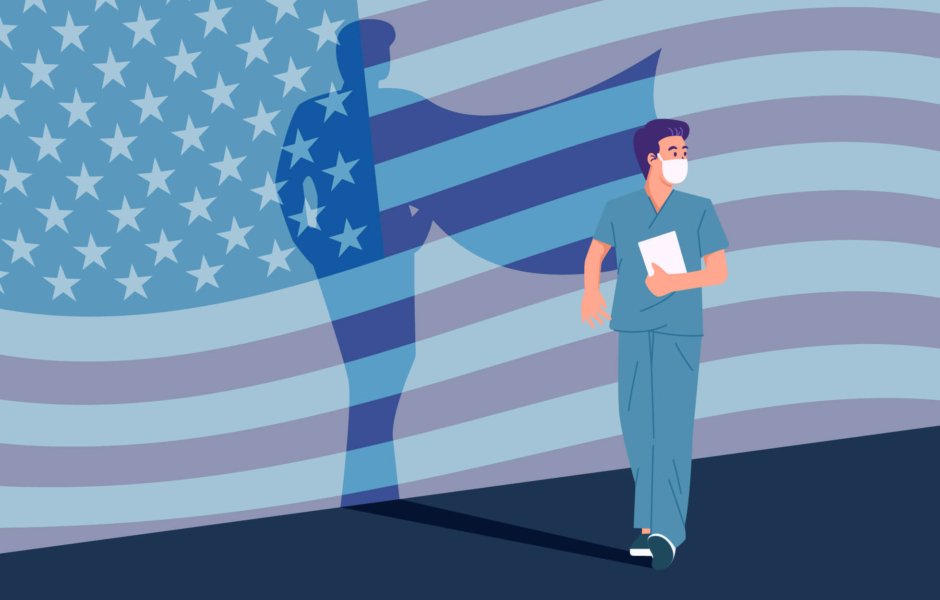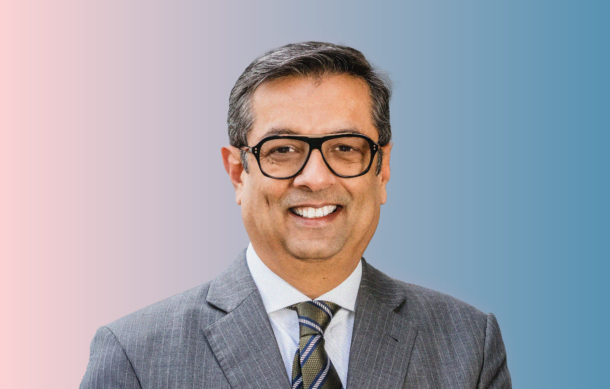Nurse practitioners and physician assistants are key to patient care in the US, yet the pharma industry still often overlooks them. Discover why it’s time to change that
Words by Jade Williams
The US is facing a healthcare access crisis. In communities across the country, patients are being quietly left behind. Not because treatments don’t exist, not because innovation has slowed, but because those treatments aren’t even made known to them.
With physician shortages growing and patient lists on the rise, Nurse Practitioners (NPs) and Physician Assistants (PAs) have increasingly stepped in as essential care providers. In many cases, they may be some of the only consistent medical professionals available in underserved areas, such as rural states like Kentucky, Missouri and Mississippi, which collectively host hundreds of Rural Health Clinics staffed by NPs and PAs to address healthcare shortages.
Despite this, NPs and PAs remain largely invisible to marketing and medical teams in the pharmaceutical industry – while these practitioners work in the background to provide critical healthcare to patients. This isn’t just an oversight. It’s a missed opportunity – for both the industry and patients.
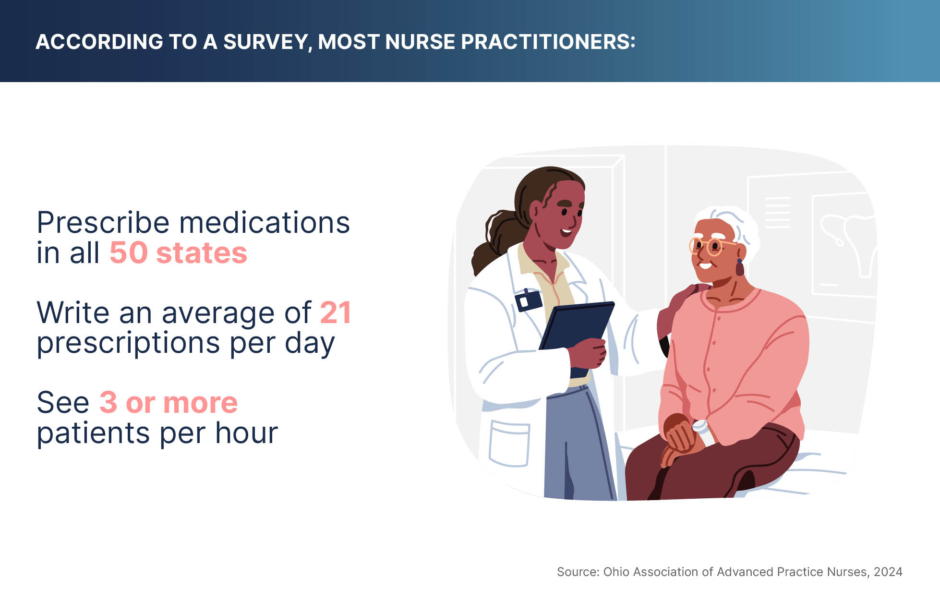
New frontline for patient care
Breakthrough treatments are being developed every day, but many innovations never reach the people who need them most. This isn’t a pipeline issue, but an issue of communication.
Pharma still leans on a physician-centric model of outreach, relying on networks and messaging strategies that bypass a growing portion of the healthcare workforce. But the numbers don’t lie. There are roughly 385,000 licensed NPs working in the US, with about 88% of them certified in primary care and 70% delivering primary care services. That’s a huge portion of potential customers that pharma is missing out on.
“You can’t play American football with only quarterbacks,” emphasises Jacquie Toia, Advanced Practice Nurse, Department of Pediatrics, Ann & Robert H. Lurie Children’s Hospital of Chicago. “There’s no game.” Despite being star players, NPs and PAs are still stuck on the sidelines when it comes to strategic engagement from the industry.
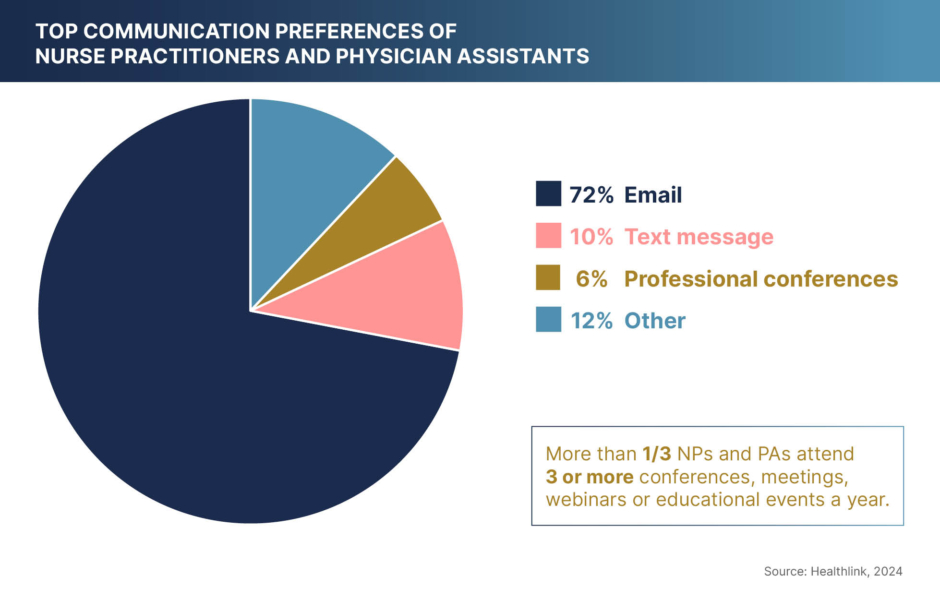
Invisibility paradox
NPs and PAs often aren’t in the places pharma expect to find their customers. For example, they don’t always subscribe to specialist journals or attend the same conferences as traditional physicians. This means that these key providers aren’t just missing out on content – they’re not even part of the conversation.
“It’s not even about not getting interaction from the pharmaceutical industry,” notes Toia. “We aren’t even getting a seat at the table, and that’s something that clearly needs to change.”
NPs and PAs are positioned to deliver broad, equitable access to new treatments – but only if they have the right tools and knowledge. While it can be hard to get in front of traditional HCPs, NPs and PAs actively want to receive information – with 90% of those surveyed by Healthlink stating they welcome information on new medicines. So why leave these keen learners out of the conversation?
Overlooked frontline
Despite their value to patients, NPs and PAs are being routinely left out of communication plans, medical education strategies and drug launch roll outs.
This isn’t about a lack of qualifications or influence. It’s about a lack of visibility. As Toia makes clear, these providers don’t want to be ‘spoon-fed’, they just “want to be seen as part of the team”.
If pharma wants to improve access, drive adoption and better serve patients, it must start by recognising everyone who’s delivering care. That doesn’t mean sidelining physicians, though – it means building a more complete team of patient care providers.
“We don’t pretend to be physicians,” notes Kathleen Murtagh, Advanced Practice Nurse, Ann & Robert H. Lurie Children’s Hospital of Chicago. “We know what we know, and we have physicians for what we don’t know – and we make a better team because of it.”
The smartest pharma strategies therefore won’t focus on hierarchy – they’ll focus on impact. And by skipping over NPs and PAs, that’s a substantial amount of impact being missed out on.
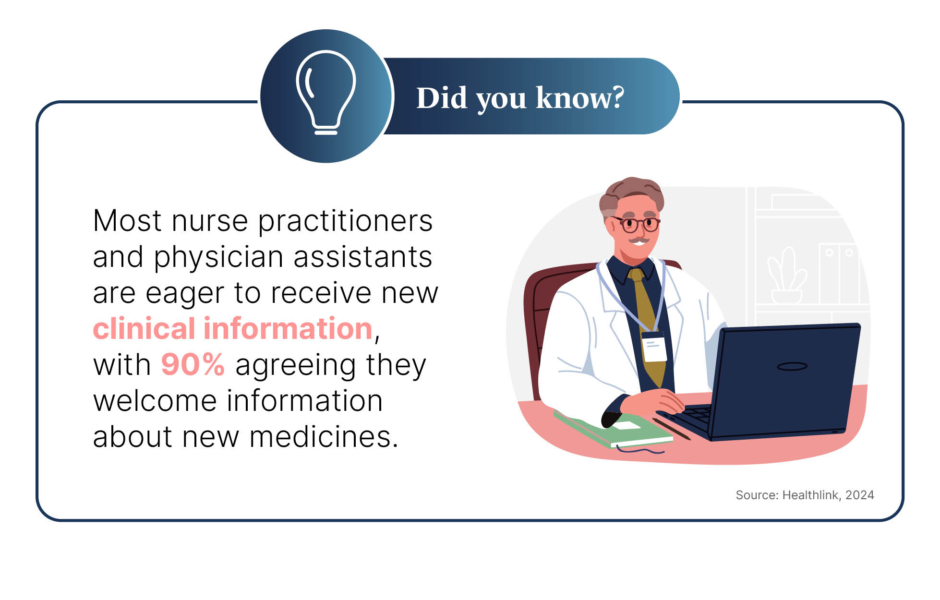
Two teams together
The US healthcare system is evolving. Whether pharma evolves with it is the real question. “Pharma is kind of like the unsung hero,” concludes Toia. “They’re not on the floor with us, but they’re the ones behind the curtain making the wheels turn.” NPs and PAs recognise the value pharma delivers – but is the industry reflecting that recognition back?
NPs and PAs aren’t a niche audience. They’re the heroes working on the frontline, particularly in rural settings, that pharma is missing out on. They’re already doing the work, but the question remains – what more can the industry do to support them in doing it better?
“I saw a nurse practitioner who sat with me for 45 minutes – patient, kind and thorough,” reflects Murtagh, as she looks back on her motivation to become an NP. “I’d never experienced care like that before, and I remember thinking: I want to do that. I want to have that kind of impact.” By empowering NPs and PAs with the right medical education, pharma can help them make an even greater impact on patients.

